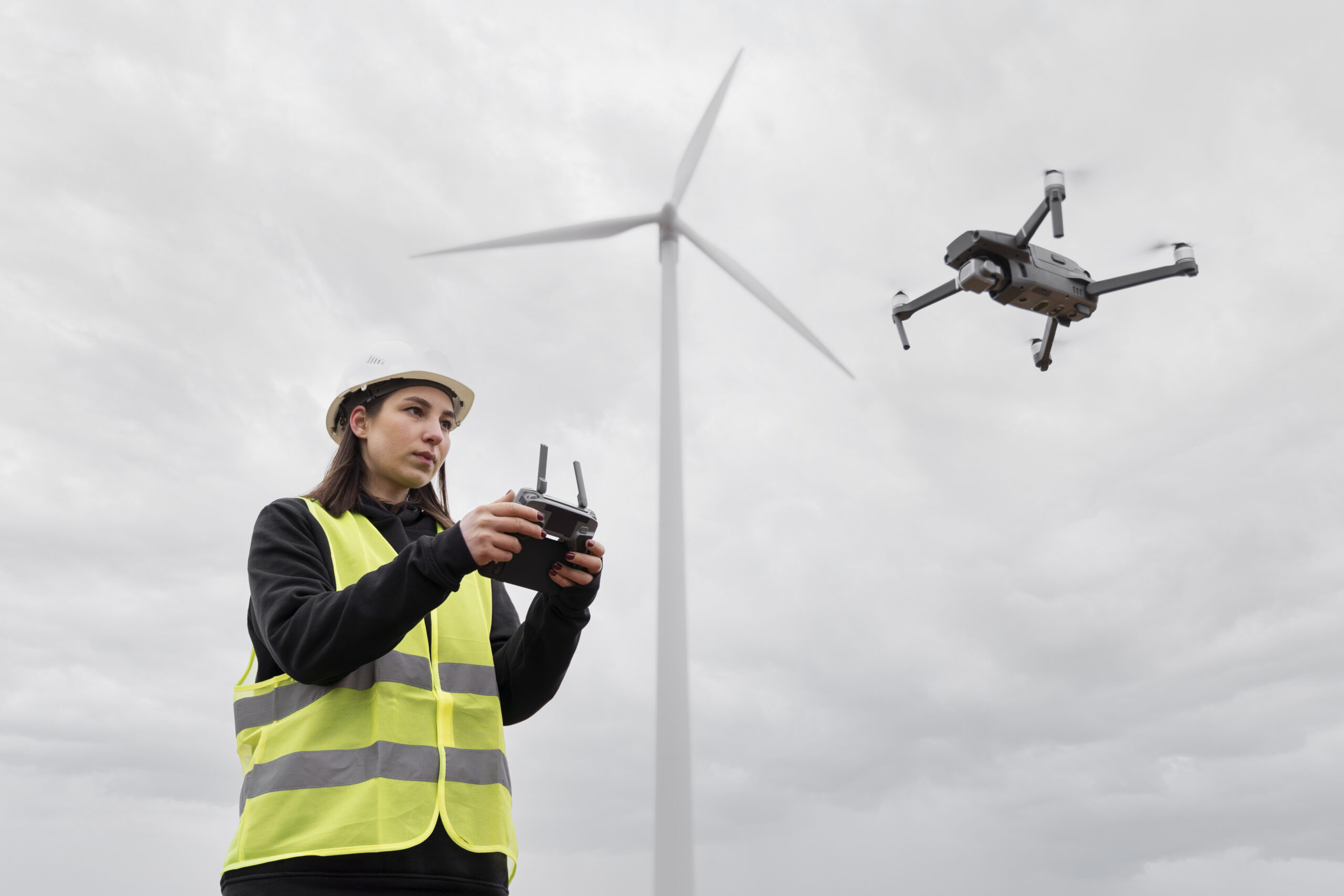Ukraine has recently completed an important milestone in its military technology by successfully testing a new generation of fiber-optic drones. These drones, equipped with advanced fiber-optic communication systems, are designed to perform better in challenging environments, especially on the battlefield. As Ukraine moves closer to securing NATO certification for these systems, the country is taking a leading role in developing cutting-edge drone technology.
At the forefront of these innovations is the Black Widow Web 10, a kamikaze drone powered by fiber-optic technology. This drone is capable of traveling more than five kilometers while carrying a payload of about two kilograms. The Black Widow Web 10 is one of many UAV models Ukraine is developing, and it is set to receive NATO codes, along with a full range of fiber-optic drone systems, making it a part of Ukraine’s expanding drone arsenal.
In addition to the fiber-optic drones themselves, Ukraine has also been working to establish a broader fleet of UAVs equipped with fiber-optic communication. These drones offer enhanced connectivity and the ability to overcome some of the common challenges associated with enemy electronic warfare. This is crucial in modern combat, where jamming and interference can make drones ineffective. However, the new fiber-optic drones are designed to function smoothly even in environments where traditional communication systems might fail.
Colonel Vitalii Dobrianskyi, Head of the Innovation Activities Department of the Armed Forces of Ukraine, commented on the success of the testing phase. He emphasized that overcoming enemy electronic warfare systems was a key challenge, and achieving this milestone is a major step forward for Ukraine’s defense capabilities. Electronic warfare has become one of the biggest threats to military drones, and by using fiber-optic communication, Ukraine’s drones can now operate more effectively in such situations.
The successful completion of the fiber-optic drones testing phase also opens doors for further research and development. These drones are not just a new weapon for Ukraine, but also an important tool for advancing fiber-optic communication technology. The use of fiber optics in drones offers great potential for improving connectivity, security, and overall performance, leading to even more advanced unmanned systems in the future.
One of the biggest advantages of fiber-optic drones is their ability to maintain clear and stable communication over long distances. Traditional communication methods can be prone to interference and signal loss, especially in hostile environments. However, fiber-optic technology ensures that drones remain connected and can relay information back to their operators in real-time. This capability is especially important for military operations, where communication and data sharing are critical to success.
The use of fiber-optic drones is already making a significant impact on the front lines. FPV (First-Person View) drones with this technology are proving to be a major threat to enemy forces. According to the Ukrainian General Staff, these drones are disrupting enemy operations by providing real-time video feeds and intelligence, which helps improve the decision-making process for Ukrainian forces.
In addition to surveillance and reconnaissance, fiber-optic drones like the Black Widow Web 10 are being used for tactical purposes. The drone’s ability to carry a small payload, combined with its long-range capabilities, makes it effective for precision strikes. Whether used in kamikaze missions or as part of larger drone operations, these fiber-optic drones represent a new era of military tactics, where technology plays a crucial role in enhancing the effectiveness of operations.
President Volodymyr Zelensky has highlighted the importance of Ukraine’s drone development efforts. In the upcoming budget, the government has allocated 775 billion UAH for the production of Ukrainian drones. This significant investment shows Ukraine’s commitment to advancing its military technology, especially in areas like fiber-optic drones.
The completion of the fiber-optic drones testing phase is a clear indication of Ukraine’s ability to innovate and adapt under pressure. These drones, equipped with fiber-optic systems, are set to play a key role in Ukraine’s defense strategy, helping to overcome the challenges of modern warfare. As these drones move towards full deployment, they will undoubtedly continue to shape the future of Ukraine’s military capabilities.
Looking to the future, the development of fiber-optic drones offers immense potential for advancing not just military technology but also communication systems in other industries. As Ukraine continues to explore the possibilities of fiber-optic communication in unmanned vehicles, this technology could lead to breakthroughs in fields such as telecommunications, logistics, and environmental monitoring.
In conclusion, Ukraine’s success in testing fiber-optic drones marks a major advancement in military technology. These drones offer secure, reliable communication, even in the face of enemy jamming efforts, giving Ukraine a significant advantage. As more advancements are made in fiber-optic drones, this technology could redefine the future of unmanned systems and military operations worldwide.
Get more fiber optic information.
